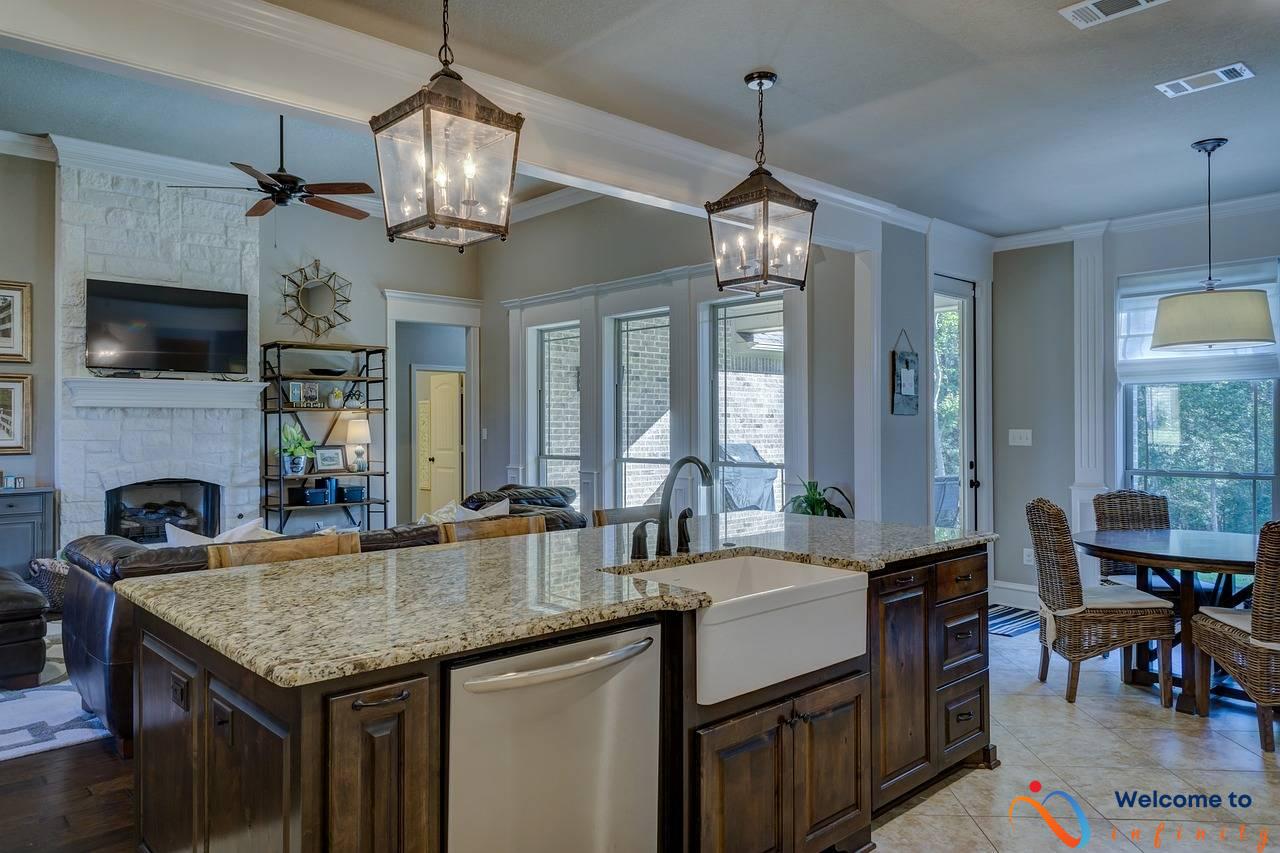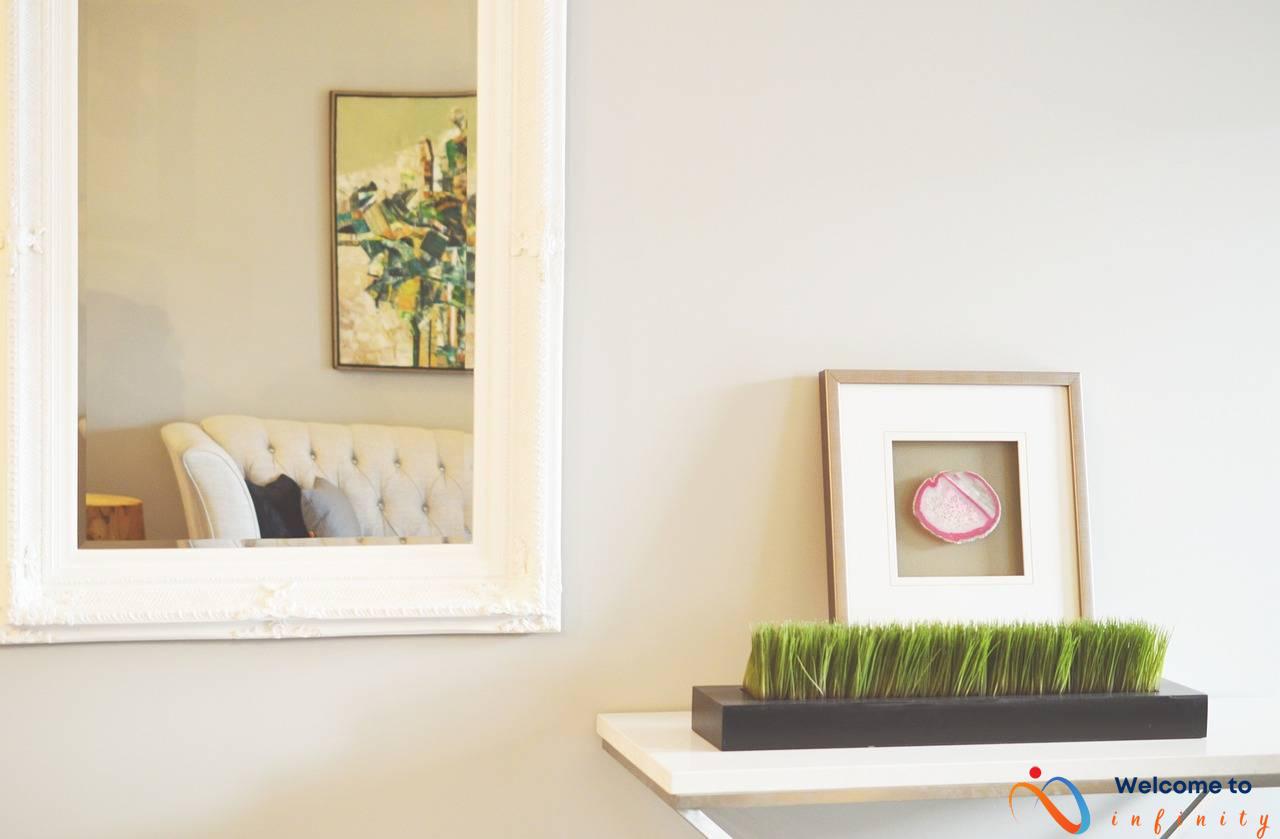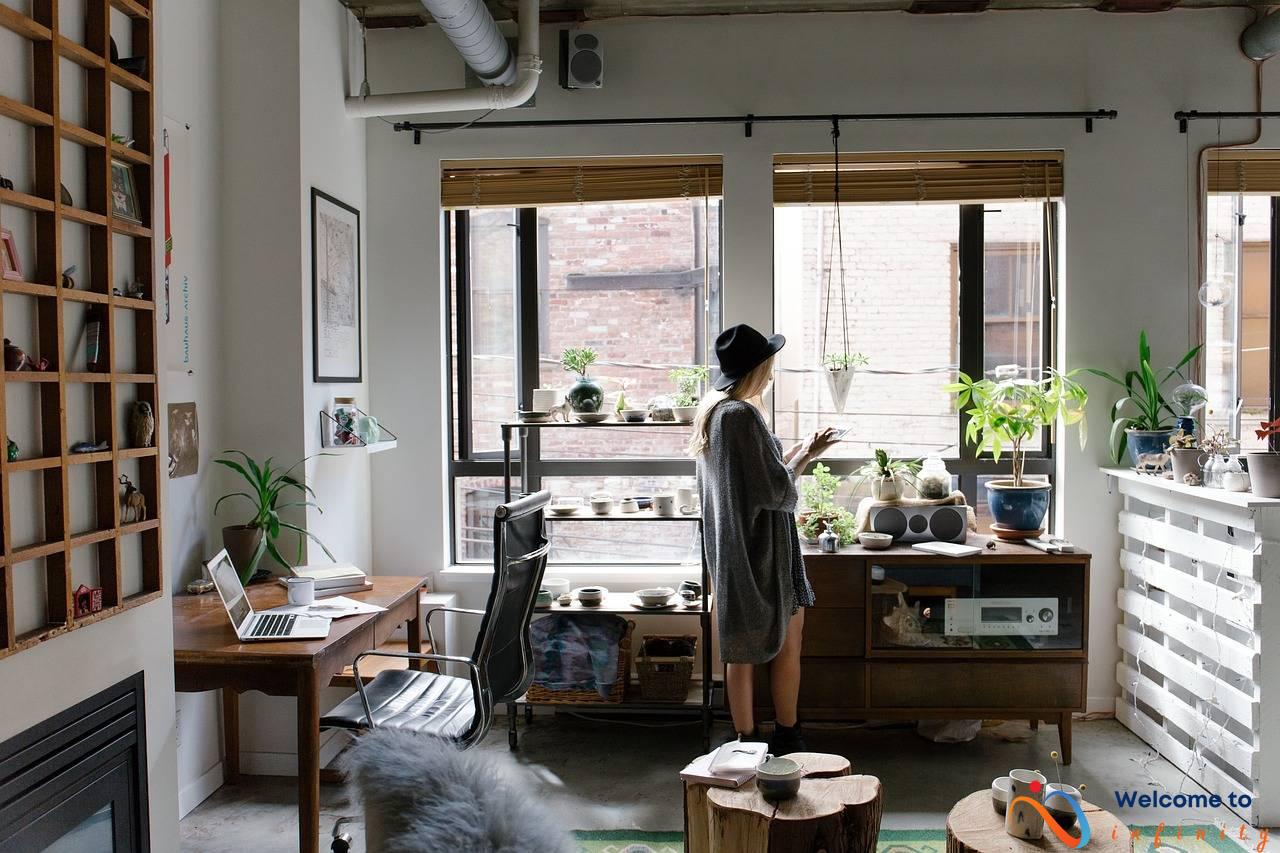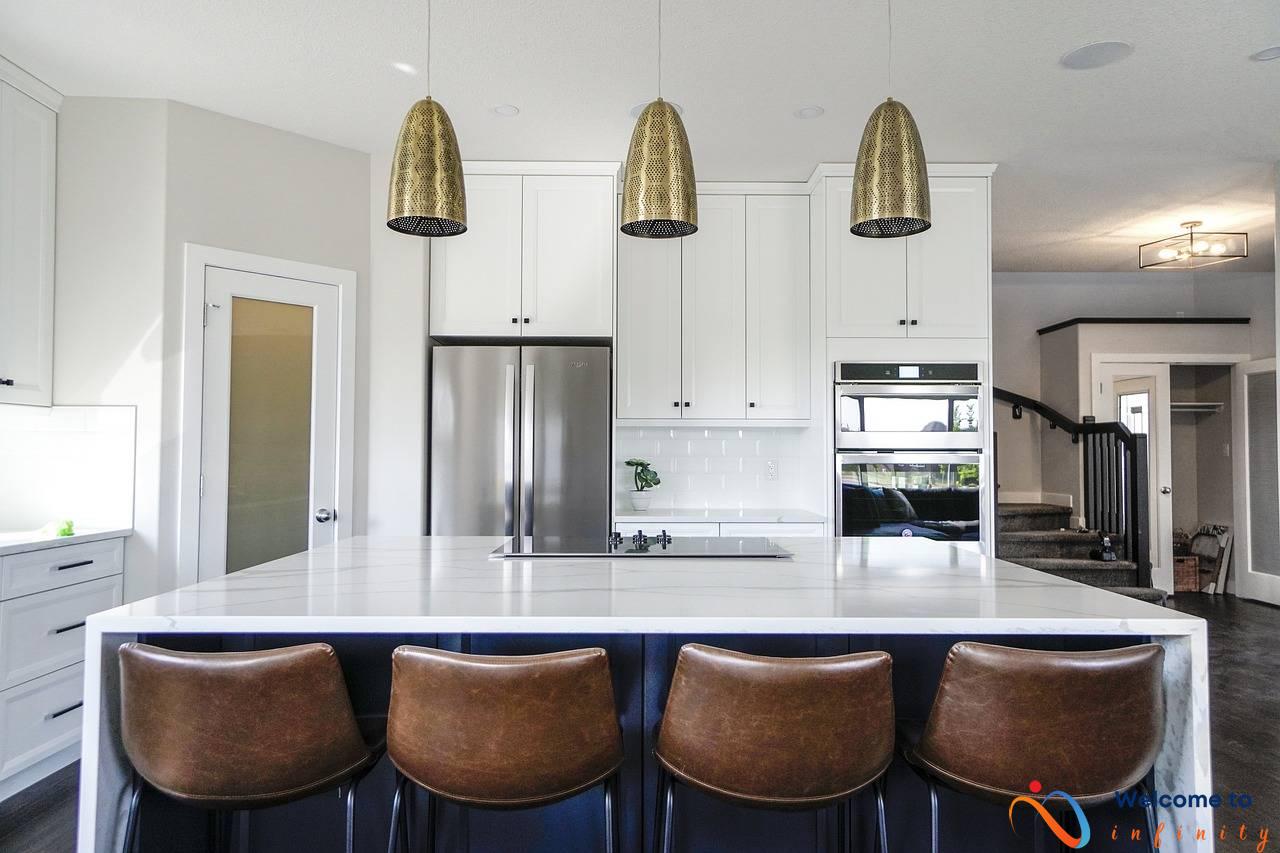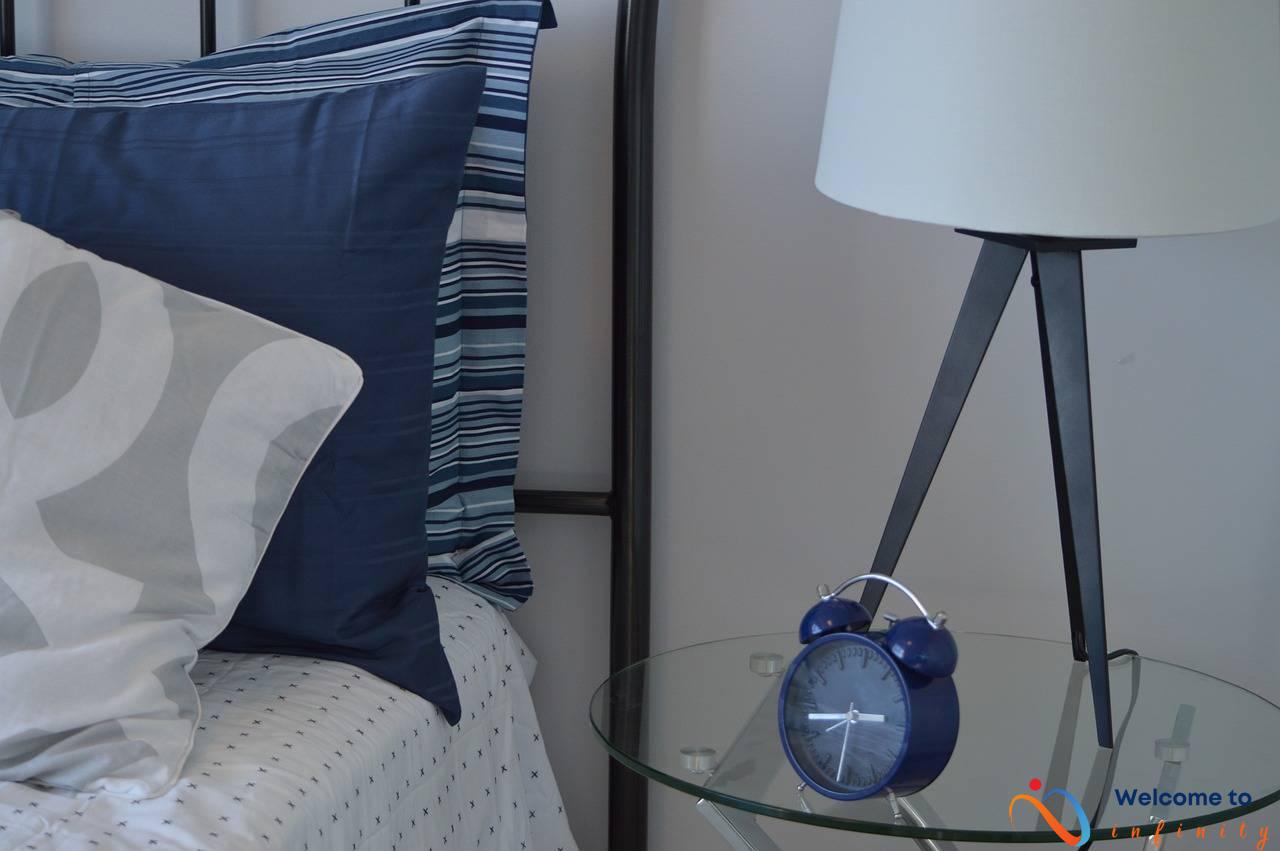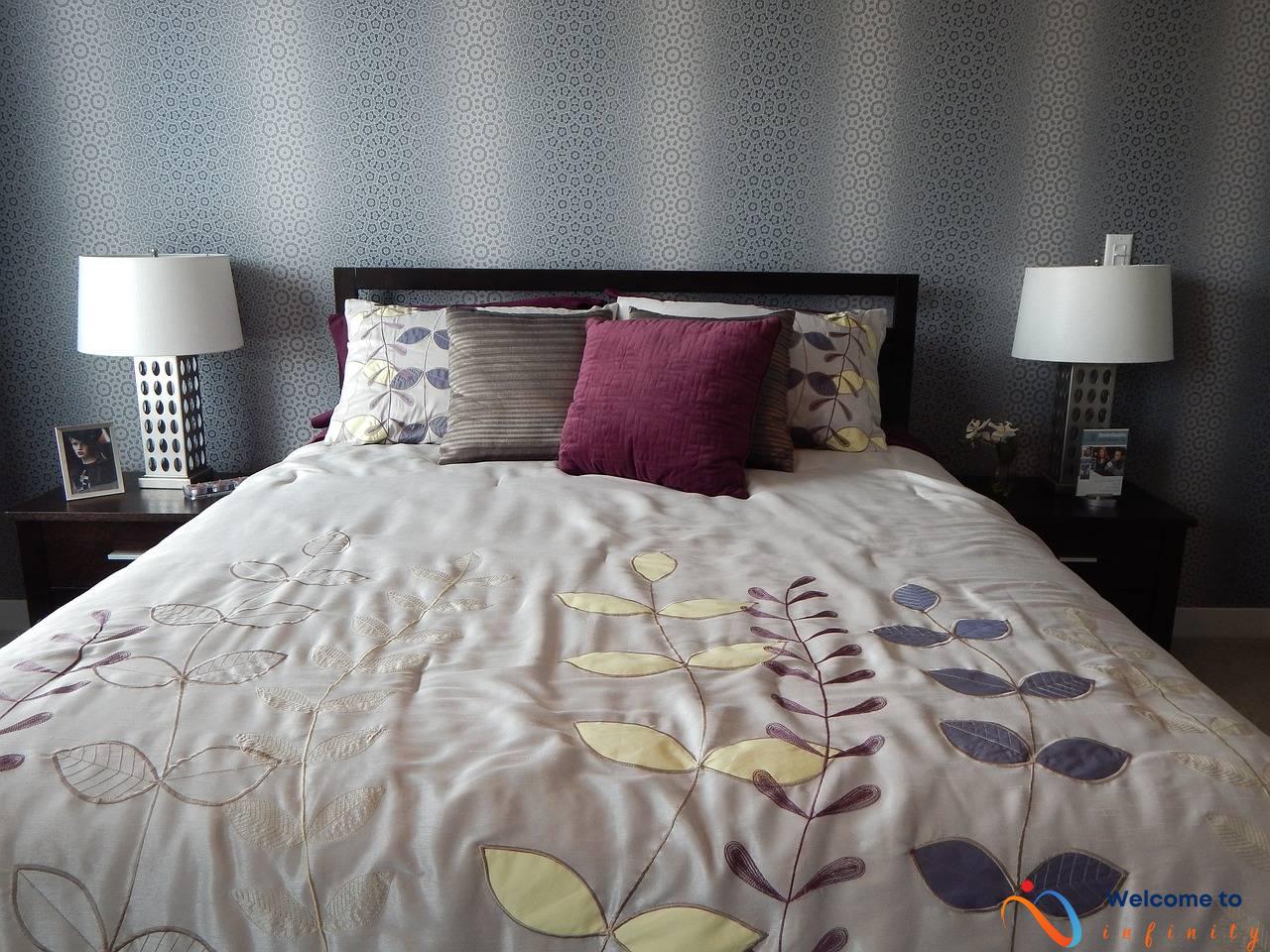Nowadays, living a minimalist lifestyle has gained a lot of followers as people started to find ways to simplify their busy lives. Taking a minimalist approach can improve your daily routine and create a space that is functional, peaceful, and organized.
Minimalist design is a way of life that encourages people to let go of unnecessary clutter and focus on the essential. By adopting this mindset, individuals can reduce stress levels, promote mental clarity, and create a sense of calm. Minimalism is not just about simplifying your environment, but also about simplifying your entire life.
Minimalist design creates a calming and functional space by using neutral colors, natural materials, and simplicity in its core. The minimalist approach to design maximizes the use of space while emphasizing the function of objects. It's not about having less but about having enough, that creates a comfortable and sophisticated space.
- Simplicity
- Functionality
- Neutral Colors
- Natural Materials
Minimalist design can enhance daily life in many ways; it promotes sustainability, saves time, and reduces spending. By adopting sustainable practices, such as limiting consumption, repairing items instead of replacing them, and buying ethically produced goods, minimalist design promotes sustainability in every aspect of life.
If you want to live a minimalist lifestyle and benefit from its advantages, start small. Begin by decluttering your living space, organizing it in a more effective way and prioritizing quality over quantity. By adopting a minimalist approach to design, you can enjoy the benefits of a stress-free, functional, and peaceful environment.
The Benefits of Minimalist Design
Minimalist design is not only visually appealing but it also has several benefits for our mental and physical well-being. A clutter-free space can reduce stress levels and create a sense of calm. Simplifying our environment promotes a more relaxed and peaceful state of mind.
Moreover, minimalism can help save time and money. When there are fewer items in our homes, we spend less time organizing and cleaning. Additionally, we can focus on what is truly important to us, making it easier to make decisions about our purchases. Adopting a minimalist lifestyle also facilitates sustainable choices. By purchasing fewer items, we reduce our carbon footprint and support a more environmentally-friendly lifestyle.
- Minimalist design promotes a sense of calm and reduction of stress.
- It saves time and money by focusing on what is truly important.
- Adopting a minimalist lifestyle promotes sustainability and eco-friendliness.
In conclusion, minimalist design offers many benefits for our well-being, finances, and the environment. If you want to simplify your life and make more sustainable choices, then adopting a minimalist lifestyle could be the perfect solution.
The Key Elements of Minimalist Design
Minimalist design is a design philosophy that emphasizes simplicity, functionality, and the use of neutral colors and natural materials. The goal is to create a clean and uncluttered space that is free from unnecessary distractions that can cause stress and anxiety. The following are some of the key elements of minimalist design:
- Decluttering: A minimalist space is free from clutter and excess. This means getting rid of anything that does not serve a functional or aesthetic purpose. This can include old clothing, books, and furniture.
- Maximizing natural light: Minimalist design emphasizes natural light and seeks to maximize it in any way possible. This can include removing heavy curtains and using sheer fabrics instead, or adding light-reflecting surfaces to walls and floors.
- Creating a sense of space and flow: A minimalist space should feel open and spacious, with a sense of flow between the different areas of the room. This can be achieved through the use of open-plan layouts, clever furniture placement, and the use of light colors and minimalist patterns.
- practical and timeless furniture and decor: Furniture and decor in a minimalist space should be practical and timeless. This means investing in high-quality pieces that are designed to last, rather than just following the latest trends. Furniture should also be practical and multi-functional, serving more than one purpose.
Overall, minimalist design can have a significant impact on mental and physical well-being by reducing stress levels and creating a sense of calm. By adopting a minimalist approach, you can simplify and enhance your daily life while creating a functional and sustainable space.
The Minimalist Home
A minimalist home should be a space free of clutter and excess. By eliminating unnecessary items, the focus can be on creating a functional and relaxing environment. In a minimalist home, rooms should serve multiple purposes, allowing for versatility and flexibility.
The furniture in a minimalist home should be practical, timeless, and designed to serve more than one purpose. By selecting pieces that can be used in different ways, the space can be optimized for functionality and ease of use. Neutral colors should be used in the space, which can create a calming and serene environment.
Natural textures and patterns can be used to add warmth and interest to a minimalist home. The addition of plants, for instance, can create a sense of tranquility and harmony. Materials such as wood, bamboo, and stone are also commonly used in minimalist design as they are natural and add texture and warmth.
In summary, a minimalist home should be a sanctuary that allows for relaxation and rejuvenation. By focusing on creating a functional and versatile space that is free of excess, the minimalist home can bring a sense of calm and balance to daily life.
The Minimalist Wardrobe
A minimalist wardrobe is an essential part of adopting a minimalist lifestyle. It should consist of versatile, high-quality pieces that can be mixed and matched to create a range of outfits for any occasion. The color palette for a minimalist wardrobe should be neutral, with a few statement pieces added to add interest and personality to your outfit. Keeping the color scheme consistent will allow for endless outfit combinations.
When building a minimalist wardrobe, quality should always trump quantity. Opting for high-quality materials and well-made pieces will ensure longevity in your clothing, reducing the need for constant replacement. Additionally, ethical and sustainable brands should be a priority, as they promote responsible and conscious consumption.
Slow fashion should be taken into consideration when building a minimalist wardrobe, meaning investing in timeless pieces that will last for years rather than following the fast fashion trends. Having a smaller wardrobe also encourages creativity in dressing, as each piece is carefully selected and can be used in multiple outfits.
- Stick to a neutral color palette
- Invest in high-quality, versatile pieces
- Choose slow fashion and ethical brands
- Focus on quality over quantity
A minimalist wardrobe can seem daunting at first, but building a small collection of high-quality pieces will make your life easier and stress-free. A few basic items like plain shirts, black pants, and comfortable shoes can go a long way for any occasion. remember, the goal is to simplify and streamline your life, and crafting a minimalist wardrobe is an effective way to do so.
Getting Started with Minimalist Design
Adopting a minimalist approach can be overwhelming, especially if you have accumulated a lot of stuff over the years. However, starting small can make a huge difference. Begin by decluttering and organizing your space, starting with one room or area at a time. Take everything out and assess what you really need versus what you can get rid of. Sort items into piles to donate, sell, or discard.
Moreover, you need to be mindful of your purchases as well. Adopting minimalist principles means living with less, and consuming mindfully. Before making a purchase, consider whether the item is essential and if it will improve your life in a meaningful way. Make sure to invest in quality, timeless pieces that can be used for years to come.
In addition, incorporating natural elements can enhance the minimalist aesthetic of your home. Incorporate natural light, plants, and organic textures and materials such as wood.
By adopting minimalist principles, you'll create a harmonious and functional living space that is easy to maintain. You're also promoting sustainability by consuming mindfully and investing in high-quality, eco-friendly items. Remember, the journey towards minimalism is a continuous process, and it starts with small, intentional steps.



